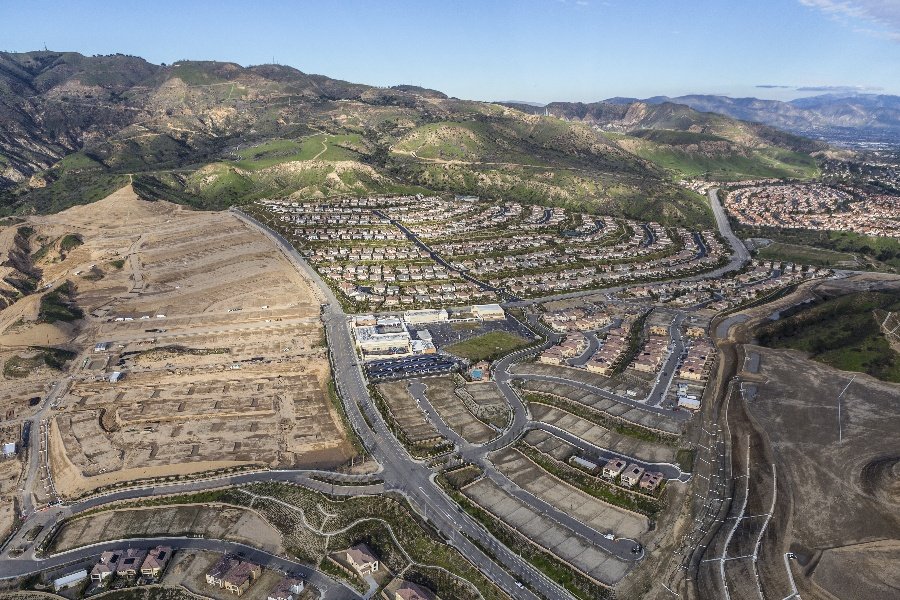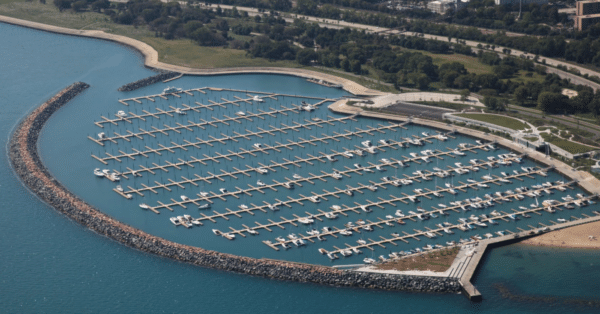Lasting Impacts of COVID-19 on California Development
COVID-19 has forever changed America’s image of what constitutes a safe residential community. Once considered the epitome of the American Dream, suburbia has recently fallen out of favor, as shrinking land inventories, rising infrastructure costs, erratic environmental demands, and government bureaucracy have made the pursuit of large residential master-plans politically unpopular and economically impractical. Policies by government and quasi-governmental agencies have driven development back to the cities, with higher and denser structures, in the name of efficient land use and proximity to new mass transit corridors that these agencies are keen to build up over the coming decades.
COVID-19, however, is causing sudden changes to sweep across the nation. Will these changes be temporary, or will we see a lasting shift in the American mindset that will put an end to the high-rise lifestyle?
In reality, both types of residential development will survive and prosper once the basic hurdles of land availability, market economics, and buyer demand are met, but with some changes.
Urban High-Density Projects
In the near term, buyers and renters must overcome their fears of living in dense, congested environments where being in contact with your neighbors is a way of life. Infectious diseases will continue to be present in our daily lives. After COVID-19, there will be others, with strange new names. In time, we will become accustomed to their presence, much like SARS, AIDS, Swine Flu (H1N1), TB, polio, and the common flu.
To help alleviate these concerns, architects and planners of multi-family and other high-rise buildings will need to focus their attention on creating more private spaces and redesigning common areas to allow for greater separation. Gym amenities may need to be minimized, as in-unit workout equipment options, like Mirror or Peloton, will become more common.
Perhaps the greatest changes within high-rise buildings will be to the air circulation standards and sanitation practices. Technologies and products are already available from the medical/biotech sectors that can be adapted to residential high-rise buildings. Hospital-level HVAC systems can supply clean air to private units and common areas. Surface materials that inhibit microbial growth are also available. Robotic sanitizers can be installed in common areas and hallways to disinfect these corridors while residents sleep. Carpeted hallways will be replaced with hard surface materials that minimize mold, bacteria, and other contaminants.
There will be a host of new methods developed to meet new health and design standards. While the 2019 building code has been in effect for a few months, we can expect that 2022 and future building standards will develop a new layer of efficiency and health requirements for new construction. More importantly, there will be legislation passed to require retrofitting of existing structures to meet enhanced health standard criteria, much like earthquake seismic retrofitting and American with Disabilities Act (ADA) upgrades.
Suburban Master Plans
Suburban living has always been high on Californians’ wish lists. These communities offer separation of units, yards for kids to play, relatively uncongested walkways and trails, and the feeling of escape from the high-rise canyons of the big cities. These communities will also see changes in design requirements.

Single-family homes may see the fewest changes. Home filtration (air and potable water) will be increased as a preventative measure. Additionally, for attached townhome units, vapor barriers between units will become common, as a redundant measure, to prevent the passage of virus-sized particles, and air intakes may be isolated away from pedestrian traffic areas. As technology advances, new criteria will be developed and solutions mandated within the state’s building efficiency standards.
Other changes in planned communities will be to common areas, particularly the types of recreational amenities that are prevalent in today’s master plans. Recreation centers featuring enclosed spaces, meeting rooms, lounges, and exercise rooms will either be eliminated or redesigned in an effort to reduce the potential for contamination for residents and guests. For existing buildings, new sanitary cleaning regimens will be required with appropriate signage. Maximum room occupancies may be reduced by County Health Departments, below those set by the local fire codes. Exercise rooms and spin-cycling or yoga studios will be subject to increased spacing requirements, and thus reduced class sizes. These changes may also be a practical move to reduce liability to Homeowners Associations, as mandated by insurance carriers.
For outdoor spaces, there will be more emphasis on healthy living, walking and bicycle trails, and community garden plots, which will provide residents opportunities to enjoy fresh-air activities and sunshine. Depending on the size of the community, urgent care or other neighborhood health services may also become commonplace.
In the end, we will lose our fear of COVID-19 and overcome the current disruption it has caused our lives, but its legacy will live on. Perhaps this will serve as a wake-up call for us to re-think our design priorities for living spaces, allowing us to better prepare for the next turn of events.
Author
Bill Kennedy, CPA
Director of Land Development Consulting, Xpera Group
This article was originally published by Xpera Group which is now part of The Vertex Companies, LLC.







